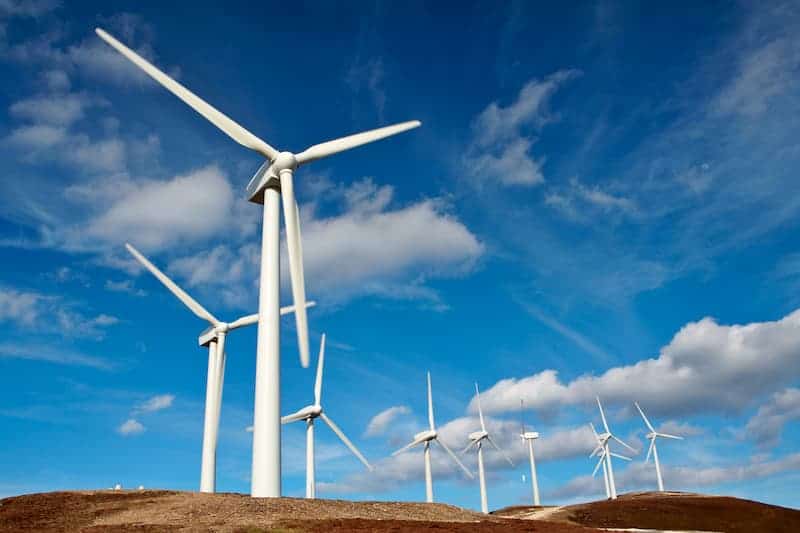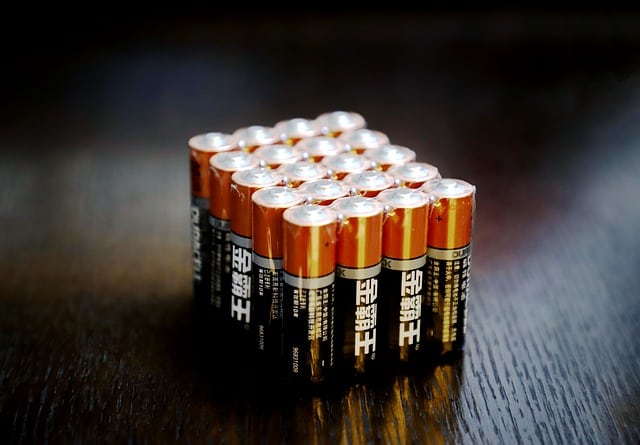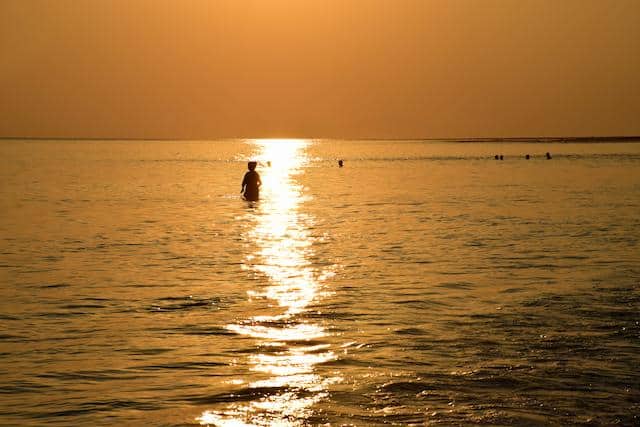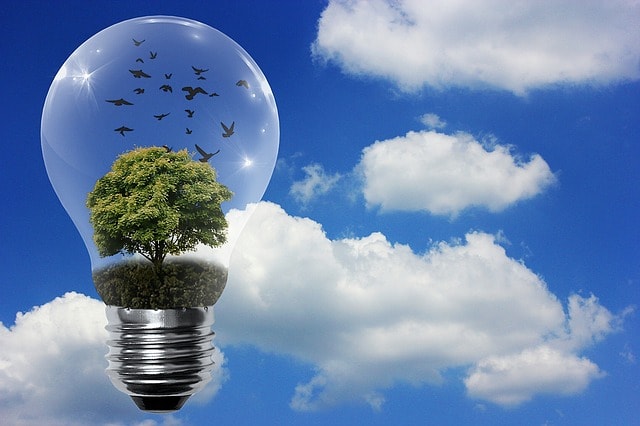How Are Wind Turbines Built?

Wind turbines or windmills are monumental embodiments of renewable innovation, seamlessly converting the kinetic energy of wind into sustainable electrical power. They’re significant in transitioning to more sustainable energy sources as practical solutions to reduce carbon emissions and combat climate change.
The intricate construction process of a windmill, which encapsulates the myriad advantages of wind energy, remains a mystery to many people. This article unravels the meticulous journey from ideation to fruition, aiming to enlighten readers on the precision, commitment, and advanced technologies pivotal in materializing renewable energy visions. Please read on.
Selecting and Assessing Site in Pre-Construction
The first step in constructing a wind turbine is rigorous site selection and assessment, involving extensive evaluations of wind conditions, environmental impact, and accessibility. This stage is pivotal in the construction process. Appraisals at this point focus on assessing the project’s viability and potential energy yield. Simultaneously, specialists conduct ecological studies to ensure minimal disturbances to the local ecosystems and wildlife.
Considerations also extend to logistical challenges, including wind turbine transport. The accessibility of the site and the feasibility of transporting colossal components are crucial to reducing hassles and costs. During this phase, legal frameworks, land agreements, and construction permits lay the foundational groundwork, ensuring the project’s compliance, sustainability, and success.
Manufacturing The Components
Engineers carefully orchestrate the creation of windmill components with innovative engineering techniques. The process begins by outlining the essential parts, such as the rotor blades, nacelle, and tower, vital in energy conversion. Materials, predominantly steel and composites, are carefully selected and tested to meet rigid criteria for durability and efficiency, ensuring the turbine’s long-term resilience and optimal performance.
In the subsequent fabrication stage, scrupulous quality controls are paramount. Each component is scrutinized for defects and discrepancies to ensure adherence to industry standards and flawless functionality. This thorough process is vital to mitigating potential operational failures and enhancing the overall efficacy and lifespan of the turbine, representing a confluence of advanced engineering and sustainable innovation.
Preparing Site For Construction
The preparation of the site is a foundational step, pivotal in laying the cornerstone for constructing wind turbines, a significant component of harnessing wind energy. This stage commences with crafting a robust foundation, meticulously designed to support the immense structure and endure diverse environmental conditions.
Concurrently, establishing essential infrastructure, including roads and facilities, guarantees smooth operations and accessibility, vital for the seamless integration of wind energy throughout the construction phase.
Electrical systems are then precisely installed, forming the backbone for energy transmission. This step involves strategically placing transformers, cables, and other essential equipment, all interconnected to facilitate logical energy flow from the turbine to the grid. The detailed preparation of the site intertwines structural and electrical engineering, paving the way for the flawless erection and installation of the windmill components.

Erecting And Installing Turbines
Erecting and installing turbines represent an essential point in its construction, marking the realization of extensive preparatory work and detailed planning. First, the team initiates the tower assembly, requiring precise accuracy to align and secure each section. These straightforward steps ensure the integrity and stability of the eventual enormous structure.
After the tower assembly, the nacelle, housing the generator and essential machinery, is carefully mounted. The arduous installation of this component is crucial for the maximum functioning of the turbine. The final step sees the attachment of the rotor blades, demanding unparalleled accuracy and coordination. This comprehensive process culminates in completing the windmill, an epic testament to innovative advancements in renewable energy harnessing.
Connecting to the Grid
Connecting a turbine to the grid is the final, critical step, bringing the complex construction process to realization. This phase is essential as it facilitates the transfer of generated electricity to consumers and involves the careful integration of transformers and switchgear, which modulate voltage levels and maintain the steady flow of electricity.
The integration process requires thorough testing and synchronization to ensure the supplied energy’s compatibility and stability. Collaboration between engineers and utility providers is vital to align the turbine’s operations with grid parameters, thereby reducing risks and ensuring a constant, reliable power supply. This concluding step signifies the wind turbine’s operational onset, stamping its entry into viable energy production.
Testing and Commissioning
Final verification through testing and commissioning is critical, serving as the last barrier before the entire operation of a wind turbine. Rigorous evaluations and conscientious assessments mark this vital phase to ascertain the turbine’s performance, safety, and compliance with established regulatory standards. Each component, from the sophisticated internal machinery to the expansive blades, is inspected in detail to ensure integrity and flawless operation.
During the commissioning, each system within the turbine undergoes calibration and adjustments to maximize efficiency and productivity. This stage is crucial for identifying and rectifying discrepancies or potential issues. It certifies the turbine’s capability to produce reliable renewable resources.
Upon completing this phase, with all tests met satisfactorily and all criteria fulfilled, the turbine stands ready to operate at full scale, culminating a significant stride in pursuing dependable energy alternatives.
Conclusion
As one navigates the complex journey of constructing a windmill, a deeper understanding is gained at every step of the commitment to a sustainable future. This pursuit of renewable energy solutions fuels innovations and transforms the approach to energy consumption and conservation.
The wind turbine emerges as an engineering marvel and a landmark guiding everyone towards environmental responsibility. It is time to endorse and foster advancements in renewable energy, exploring and embracing sustainable practices to safeguard the planet for future generations.






